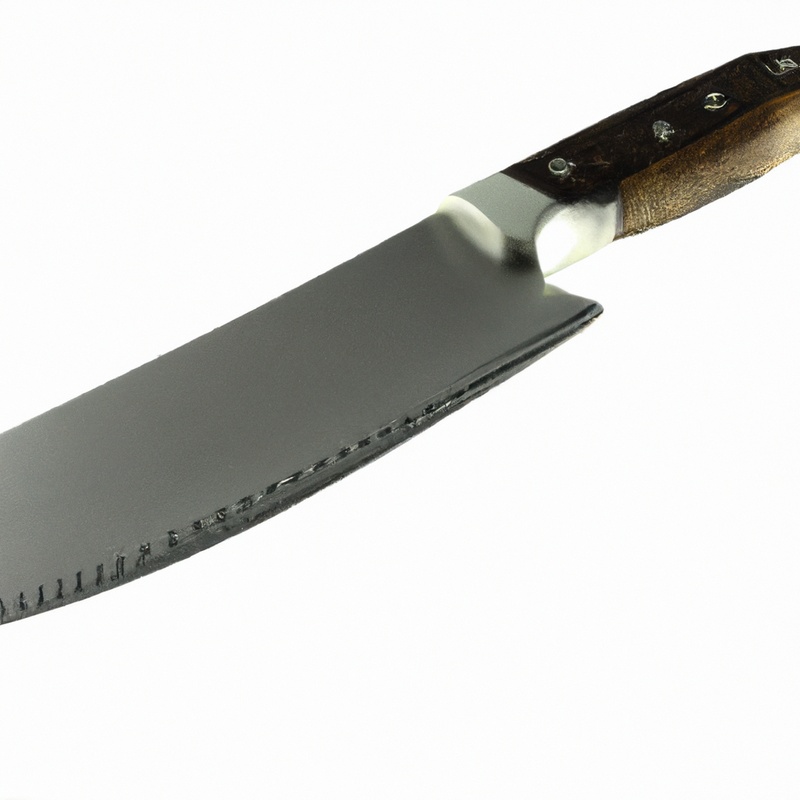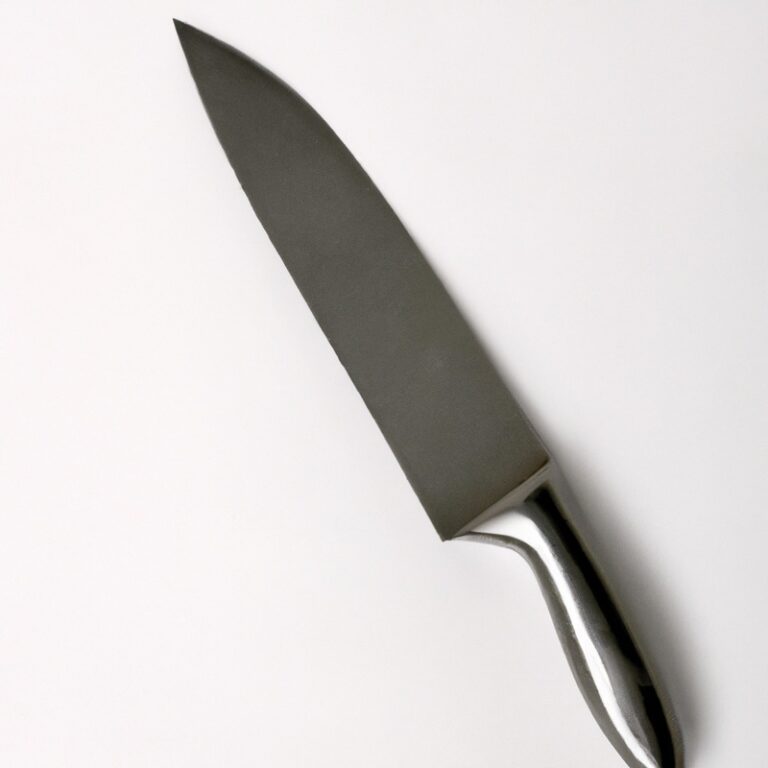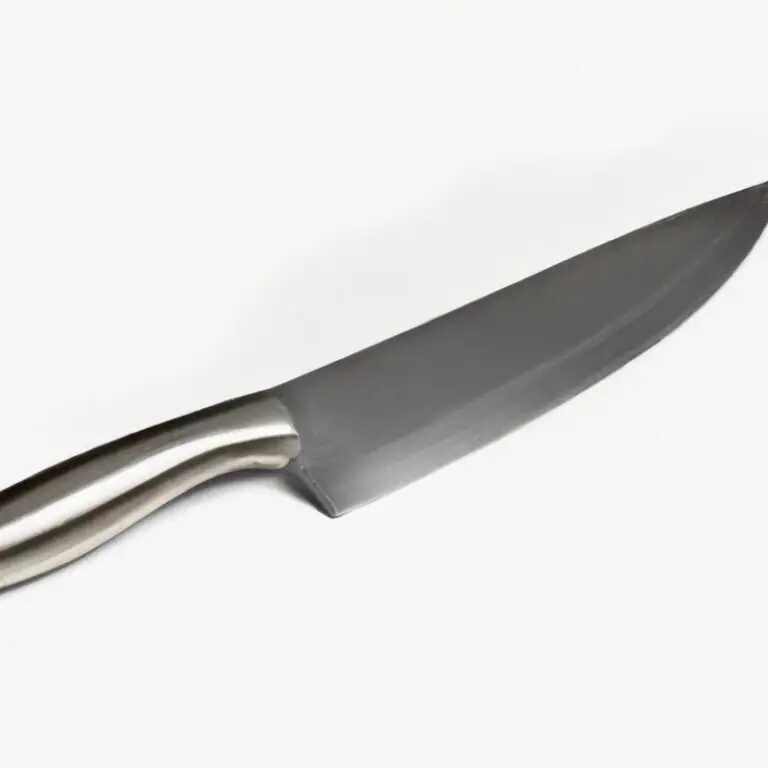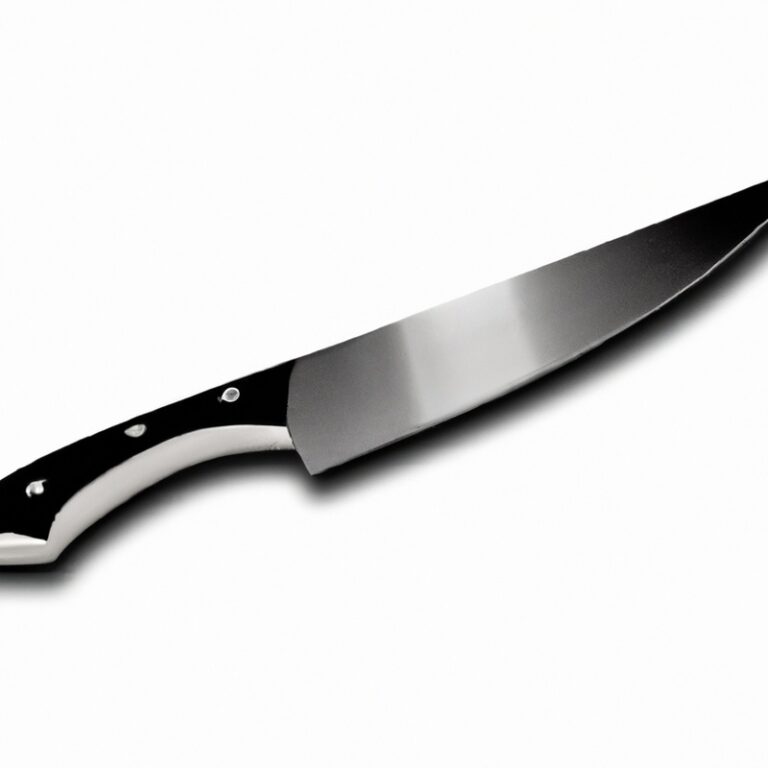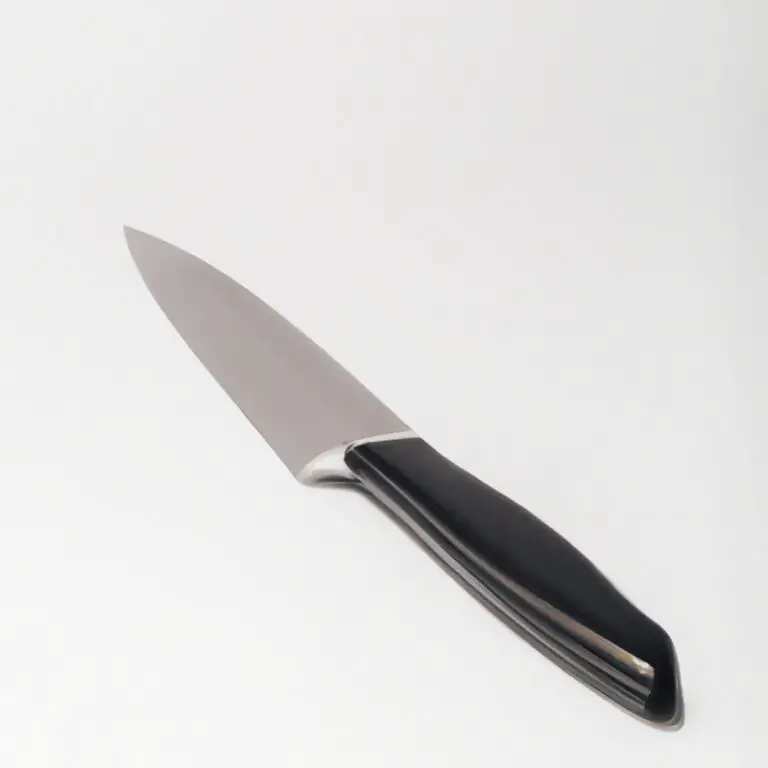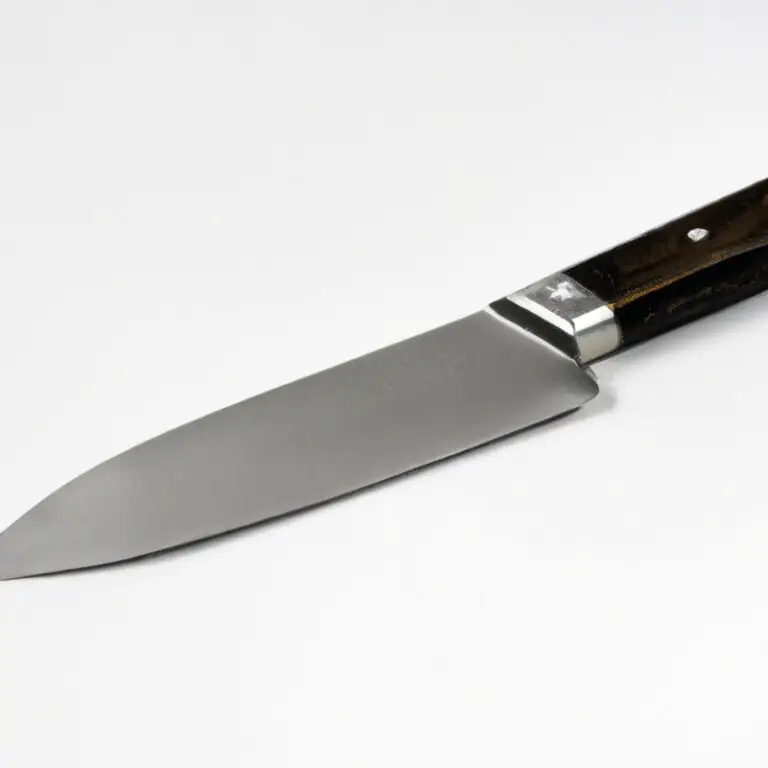How To Fillet a Black Sea Bass Using a Fillet Knife? Master The Technique!
Key Takeaways:
- A sharp fillet knife is essential for successfully filleting a black sea bass.
- Proper technique involves making a clean cut along the spine and using short, smooth strokes to remove the skin.
- Take care to remove all bones from the fillet before cooking or serving.
- Practice and patience are key to mastering the art of filleting a black sea bass with a fillet knife.
Are you tired of spending a fortune on store-bought filleted fish? Filleting your own black sea bass can save you a lot of money and provide a fresh, delicious meal for you and your family.
However, filleting a fish can be quite daunting, especially if you don’t have the right tools and knowledge.
Fear not, as learning how to fillet a black sea bass using a fillet knife is easier than you might think. In this article, I’ll guide you through the step-by-step process of filleting a black sea bass like a pro and ensure that you get the most out of your catch.
| Materials Needed | Steps |
|---|---|
| Whole Black Sea Bass | 1. Place the fish on a flat surface, and cut from the head down to the tail along the spine with the fillet knife. |
| Fillet Knife | 2. Starting at the head of the fish make a small incision just below the gills to separate the head from the body. |
| Cutting Board | 3. Repeat the first cut along the other side of the fish. |
| Bowl | 4. Use the tip of the knife to make a circular cut around the pectoral fin, detaching it from the body. |
| Platter | 5. Cut through the rib bones and remove the fillet from the body. |
| 6. Repeat the process on the other side of the fish. | |
| 7. Skin the fillets with the knife and place on the platter. |
Preparing Your Workstation
Before you start filleting your black sea bass, it’s important to prepare your workstation to ensure a safe and efficient process. Choose a spacious, clean, and well-lit area to work in.
This could be a cutting board on a table or a flat surface outdoors.
Ensure the surface is stable and the cutting board isn’t moving around. Also, gather all the necessary tools such as a fillet knife, a scaler, pliers, and a container for the fillets.
Keep in mind that filleting can get messy, so be sure to have paper towels or a cleaning cloth on hand.
Finally, following hygiene and food safety measures, wash your hands, the fish, and all equipment in hot soapy water before you begin.
Choosing the Right Fillet Knife
Choosing the right fillet knife for fish is essential for a successful filleting process. A fillet knife with a flexible, narrow blade that is between 6 to 9 inches in length is best suited for fish, including black sea bass.
A flexible blade can easily maneuver around bones and contours while a narrow blade helps make precise cuts.
It is recommended to choose a fillet knife with a comfortable grip, allowing for better control and reducing the risk of slipping. One can choose between electric or manual fillet knives, however, manual fillet knives are more versatile and can handle smaller, more delicate fish better than electric ones.
Ultimately, a reliable and sharp fillet knife is the key to perfect filleting every time.
Cleaning and Gutting the Fish
Cleaning and gutting the fish is a crucial step in filleting fish correctly. Start by removing the scales using a scaling tool or the backside of a knife.
Hold the fish by its head and make a slit along the belly, being careful not to pierce the internal organs.
Remove the guts using your hands or a gutting tool, and rinse the cavity thoroughly under cold water. Next, remove the gills by cutting them close to the base, and trim any remaining membranes around the head and along the backbone.
Use a sharp fillet knife to make a cut behind the gills and run the knife down along the backbone towards the tail, cutting through the ribs.
Repeat the same process on the other side to separate the fillets from the carcass. After filleting, inspect the fillets for any remaining pin bones by running your fingers over the meat or using a pair of pliers to remove them.
Rinse the fillets under cold water and pat them dry with paper towels or a clean cloth.
Lastly, store the fillets in airtight containers or freezer bags, labeling them with the name and date of the catch. You can cook the fillets immediately or freeze them for later use.
Proper cleaning and gutting of the fish ensures that you have quality fillets that are safe to eat and free of any unwanted flavors or odors.
Removing the Head and Pectoral Fins
To remove the head of the black sea bass, place your fillet knife behind the fish’s gills and cut through the bones to separate the head from the body. Next, use the tip of the blade to cut through the pectoral fins where they meet the body.
This can be done by angling your knife parallel to the fish’s body and slicing through the bones.
Removing the head and pectoral fins creates a cleaner and easier-to-work-with surface for filleting the fish. It also helps to maximize the amount of meat you can extract from the fish.
Remember to dispose of the head, guts, and other waste properly.
Once you have removed the head and pectoral fins, you can proceed with making the first cut behind the head to begin filleting the fish.
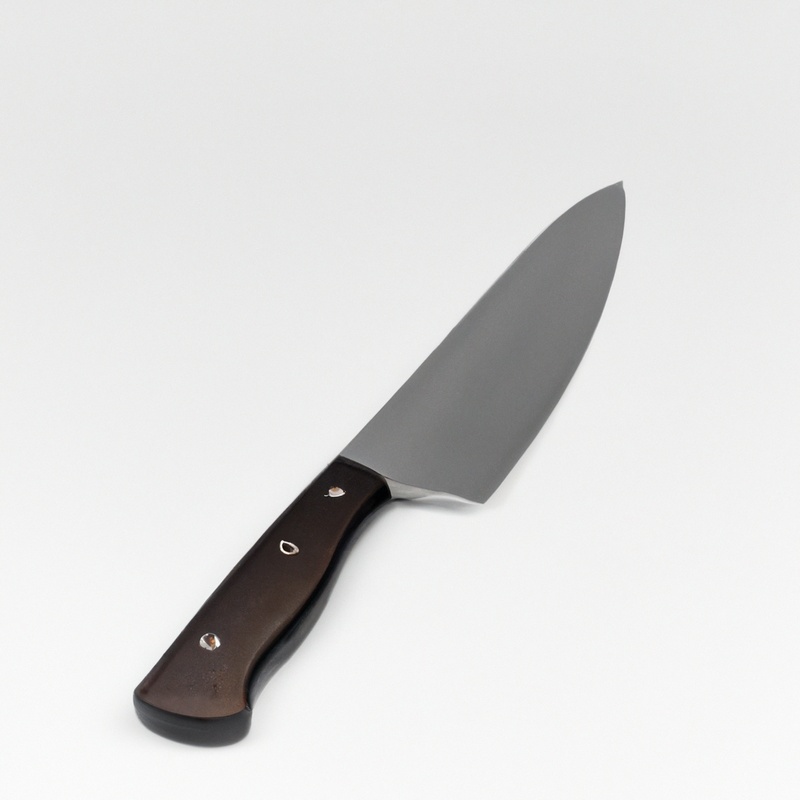
Making the First Cut Behind the Head
To make the first cut behind the head of a black sea bass when filleting, place the fish on its side and locate the gill plate. Insert the fillet knife behind the gill plate, towards the head, and angle the blade down towards the spine.
Cut straight down to the spine, then use a sawing motion to cut along the spine and towards the tail, following the contour of the rib cage.
Be careful not to cut too deeply or through the spine, as this will damage the fillet and reduce its quality. Repeat this process on the other side of the fish to create two fillets.
Separating the Fillet From the Backbone
To separate the fillet from the backbone, make a cut on the top of the fish, following the spine towards the tail. Use the backbone as a guide for your knife, and slowly work your way down the fillet.
Use a constant sawing motion until you reach the end of the fillet.
Repeat the process on the other side of the fish. Once you have both fillets, use your knife to remove any remaining bones.
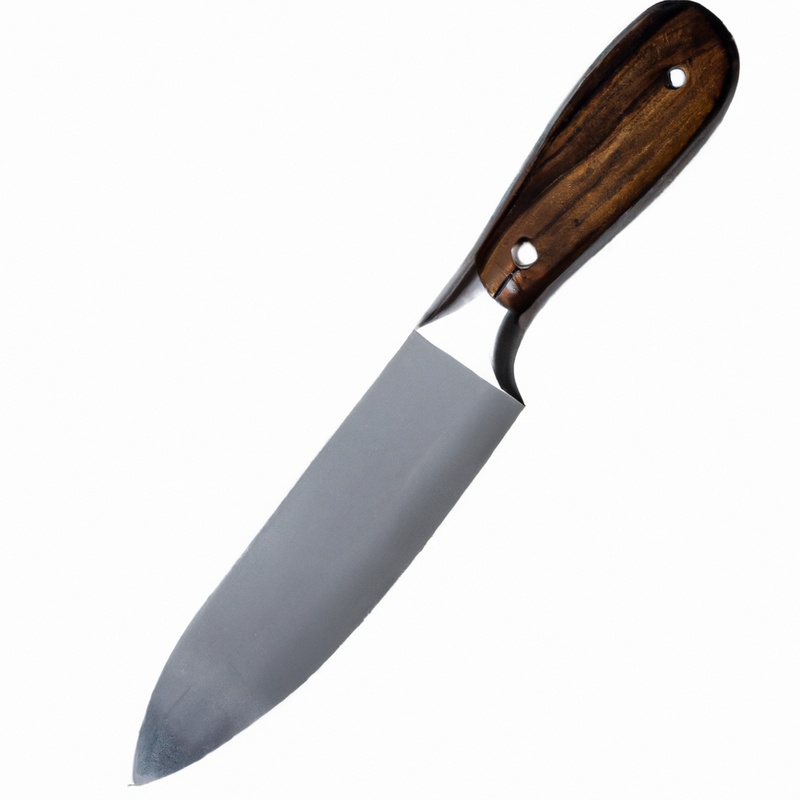
Trimming the Rib Cage and Belly Bones
After separating the fillet from the backbone, the next step is to trim the rib cage and belly bones. This ensures a cleaner, more presentable fillet and removes any small bones that may have been missed during the initial filleting process.
To do this, lay the fillet skin-side down on your cutting board and use your fillet knife to cut along the rib cage, starting at the top of the fillet and working downwards.
Be sure to cut as close to the bones as possible to minimize waste. Once the rib cage has been removed, flip the fillet over to the other side and repeat the process for the belly bones.
Gently use your knife to cut the bones away from the flesh, taking care not to cut too deeply into the meat.
It’s important to take your time during this step to ensure that the fillet remains intact and doesn’t become damaged in the process. Once the rib cage and belly bones have been removed, you can move on to the next step of removing the skin from the fillet.
Removing the Skin From the Fillet
To remove the skin from the fillet, place the fillet skin-side down on a cutting board. Starting at the tail end and using a sharp fillet knife, make a small cut between the flesh and skin.
Hold the skin down firmly with one hand and slowly run the knife along the length of the fillet, keeping the blade angled towards the skin to avoid cutting into the flesh.
Use a back and forth motion to carefully remove the skin in one whole piece. If there are any parts that are difficult to remove, use the knife to gently pry them away from the skin.
Once the skin is removed, check the fillet for any remaining bones before moving on to storing or cooking it.
Checking for Any Remaining Bones
Once you have filleted your black sea bass, it’s important to check for any remaining bones before cooking or serving. Start by running your fingers lightly over the fillet to detect any small bones that may have been missed during the trimming process.
Pull out any visible bones with a pair of pliers or tweezers.
To ensure that there are no hidden bones, hold the fillet up to the light and examine it closely. Look for any dark spots or shadows, which may indicate the presence of bones.
If you find any, remove them with a pair of pliers or tweezers.
Taking the time to check for remaining bones is crucial for both safety and enjoyment when it comes to eating your fillet. Nobody wants to take a bite of fish only to find a bone lurking inside.
So, be thorough and meticulous during this step to ensure a bone-free fillet.
Storing and Cooking Your Fillets
Storing your fillets correctly will maintain their quality and freshness. After filleting, rinse the fillets with cold water and pat them dry with paper towels.
Then, store the fillets in an airtight container or a vacuum-sealed bag.
Place them in the refrigerator and consume them within two to three days. Alternatively, you can freeze your fillets for later use.
Wrap the fillets in plastic wrap or foil and store them in a freezer-safe bag.
Make sure to label the bag with the date of freezing. Frozen fillets can stay fresh for up to six months.
When it comes to cooking your fillets, there are a variety of ways to prepare them.
You can grill, bake, broil, fry, or steam your fillets. Black sea bass has a mild flavor and a delicate texture, making it a versatile fish that pairs well with a variety of seasonings and sauces.
Before cooking, season your fillets with salt and pepper, and any additional seasonings of your choice.
Then, heat up your cooking surface and add oil or butter to prevent sticking. Cook the fillets until they are golden brown and flaky.
Once cooked, serve your fillets with a side of vegetables or a salad for a healthy and delicious meal.
Whether you are a seasoned chef or a beginner cook, black sea bass fillets are a tasty and easy-to-prepare fish that is perfect for any occasion.
Final Verdict
Filleting a black sea bass may seem daunting at first, but with the proper preparation, the right tools, and a bit of practice, anyone can master the technique. Remember to always prioritize safety and cleanliness in your workstation, choose a high-quality fillet knife that fits your hand comfortably and is easy to manipulate, and take your time while cleaning and filleting the fish.
By following the step-by-step process outlined in this guide, you can produce perfectly filleted black sea bass that are free of bones and ready to cook.
So, whether you’re a seasoned angler or a novice cook, don’t be afraid to try your hand at filleting a black sea bass – you might just surprise yourself with how delicious your home-cooked fillets can be.

